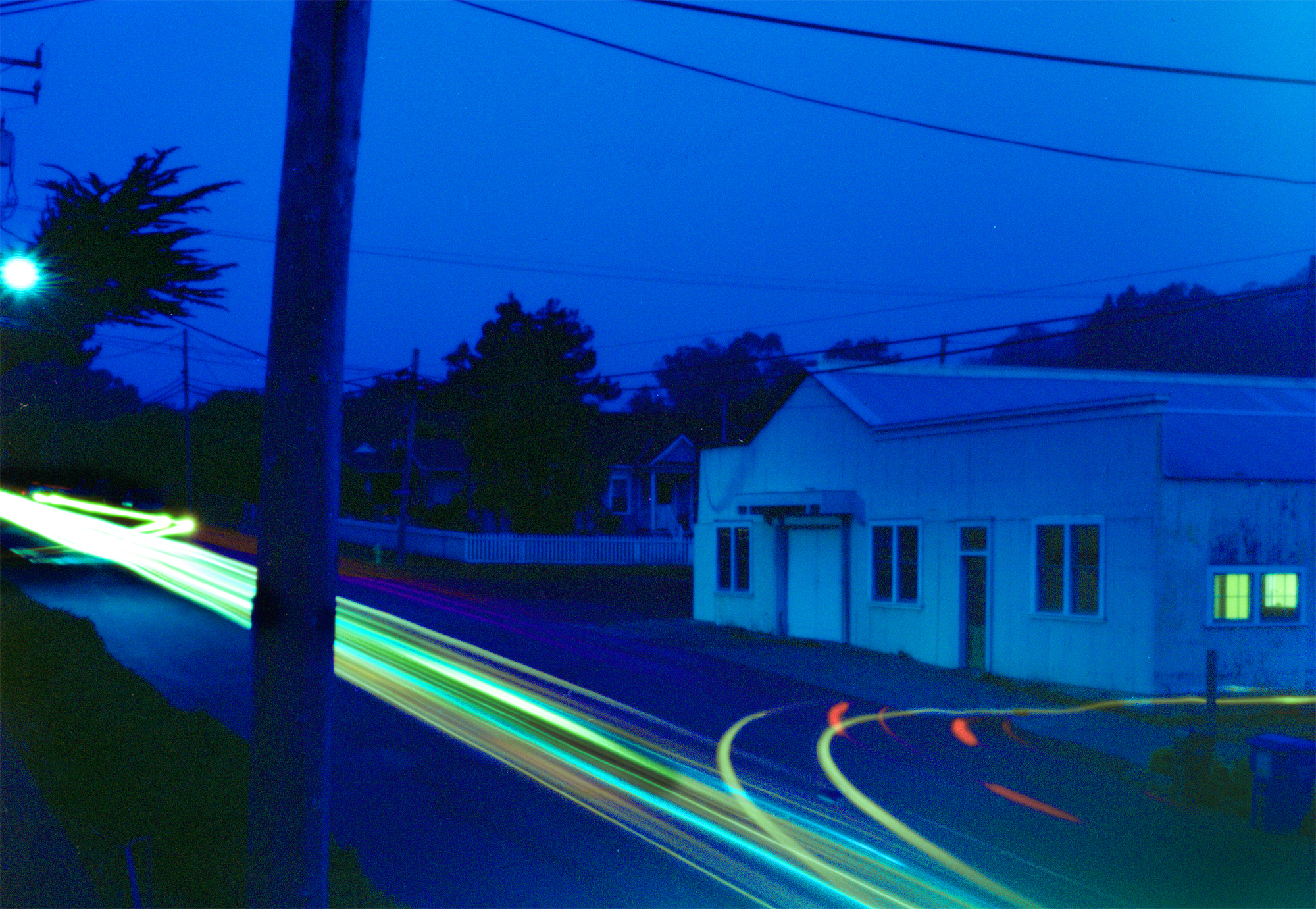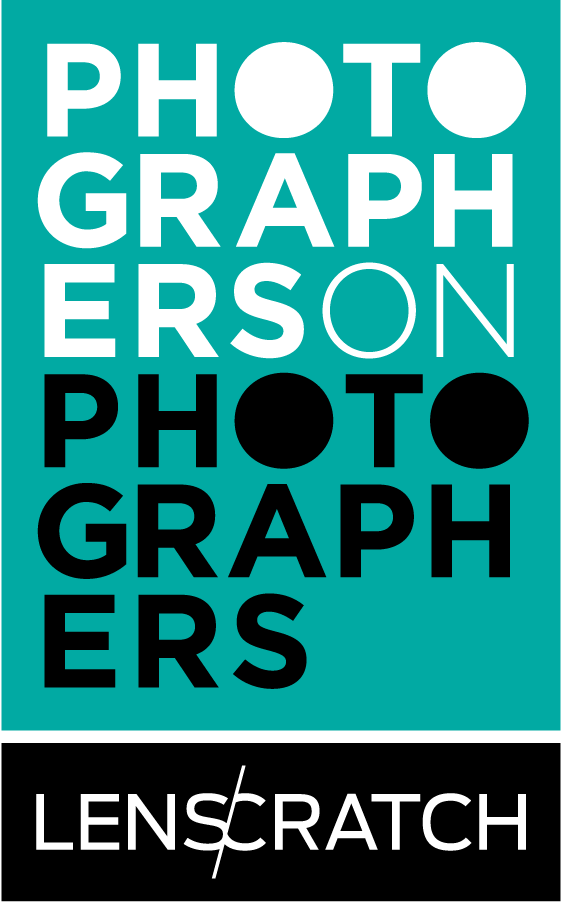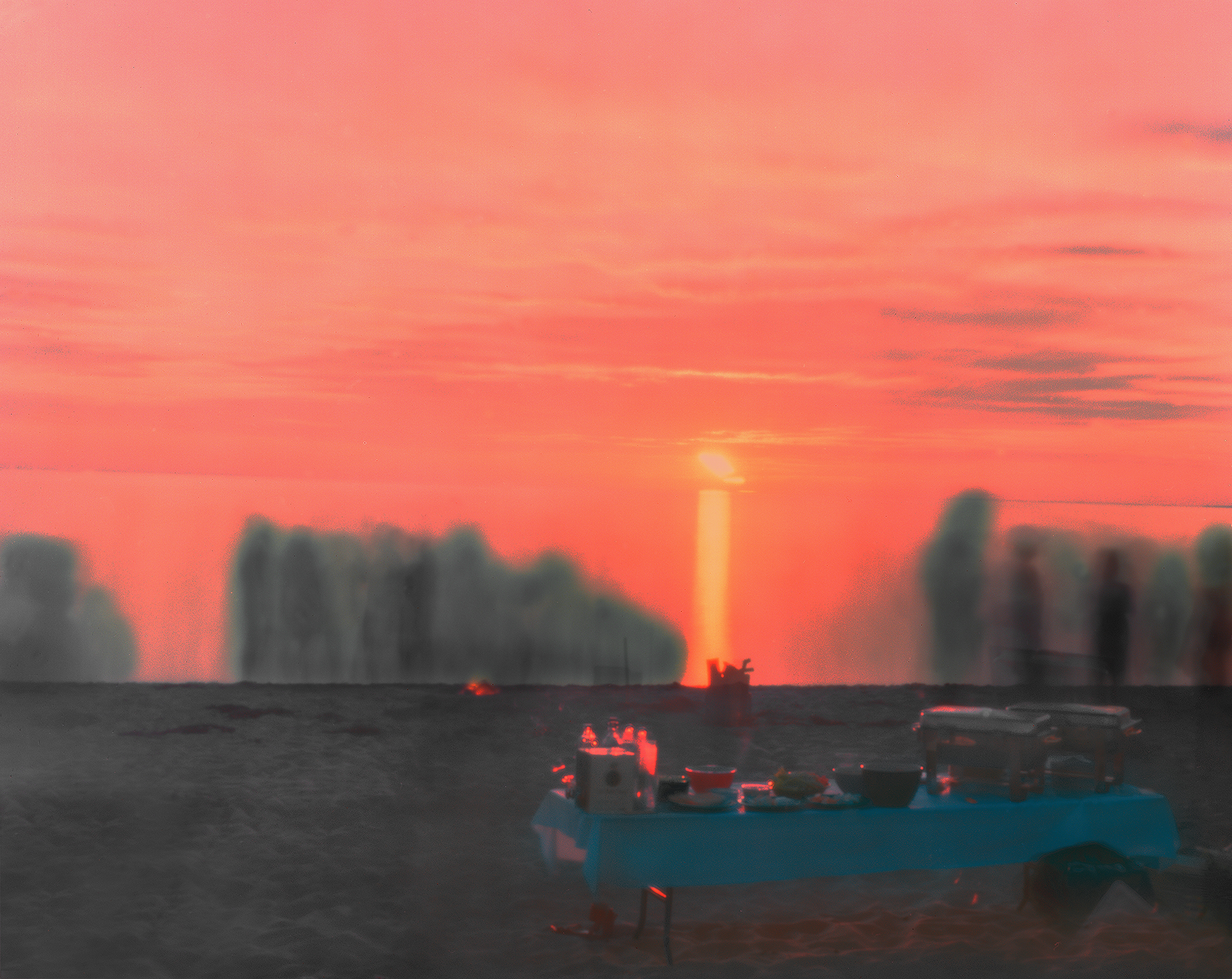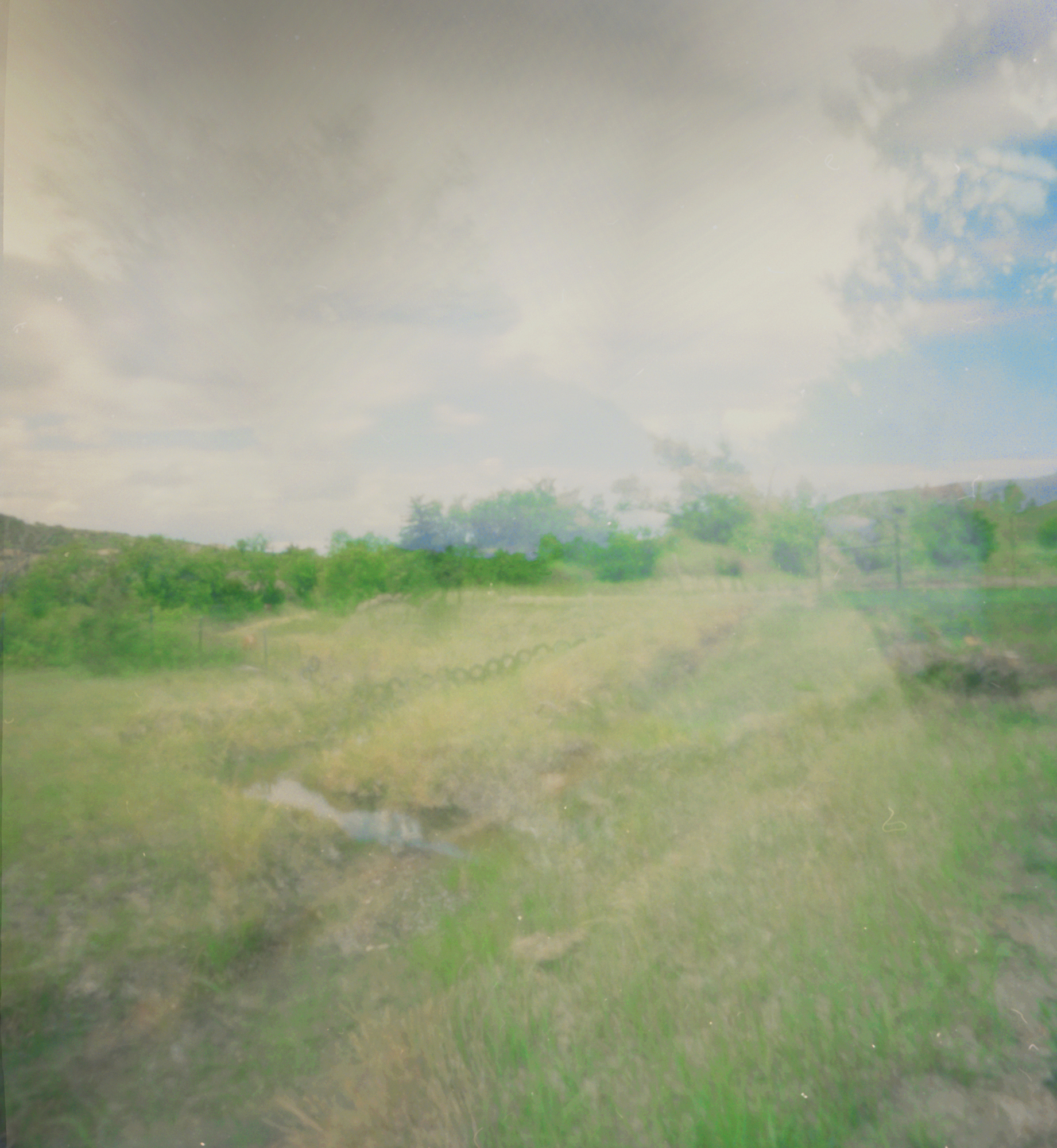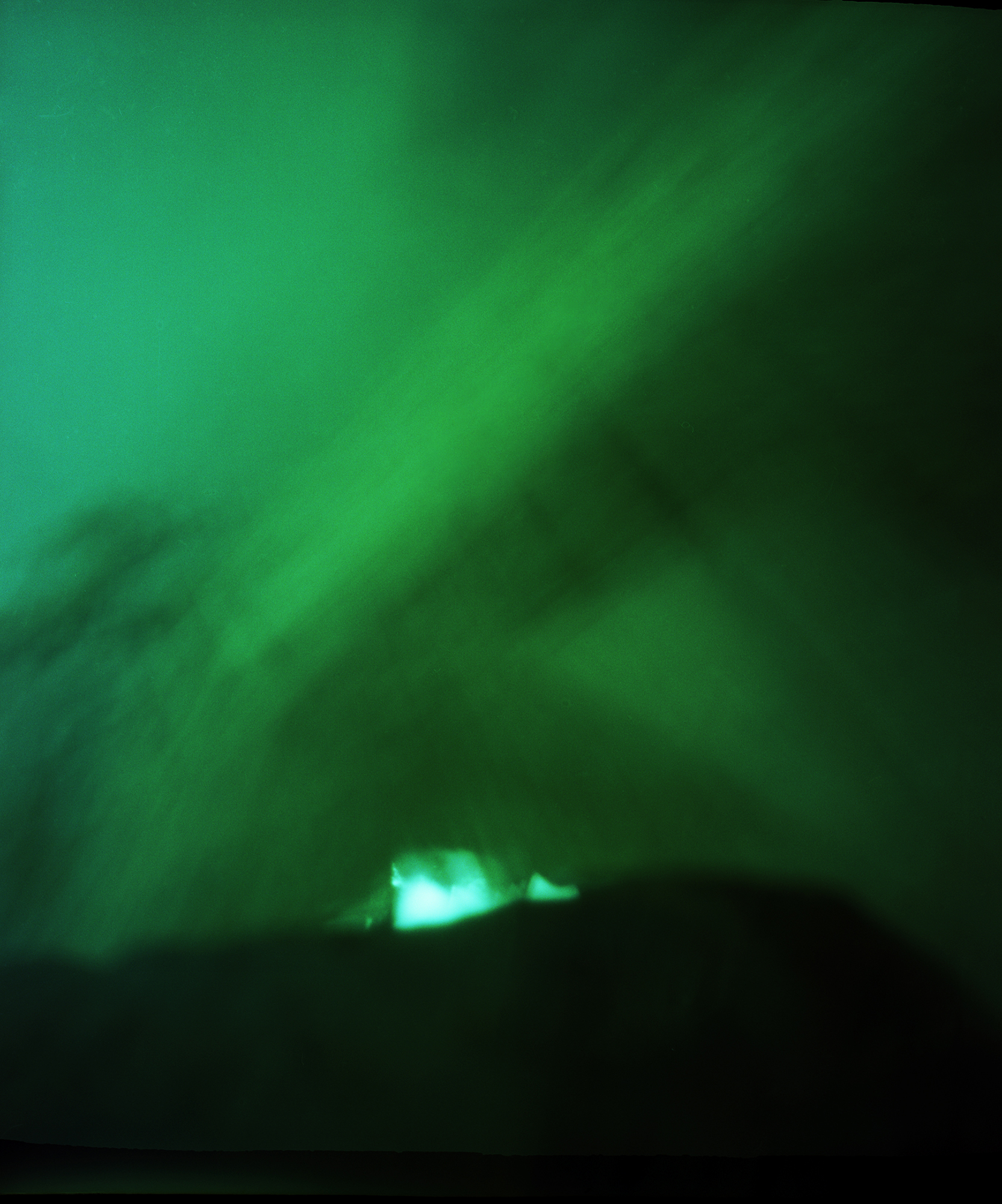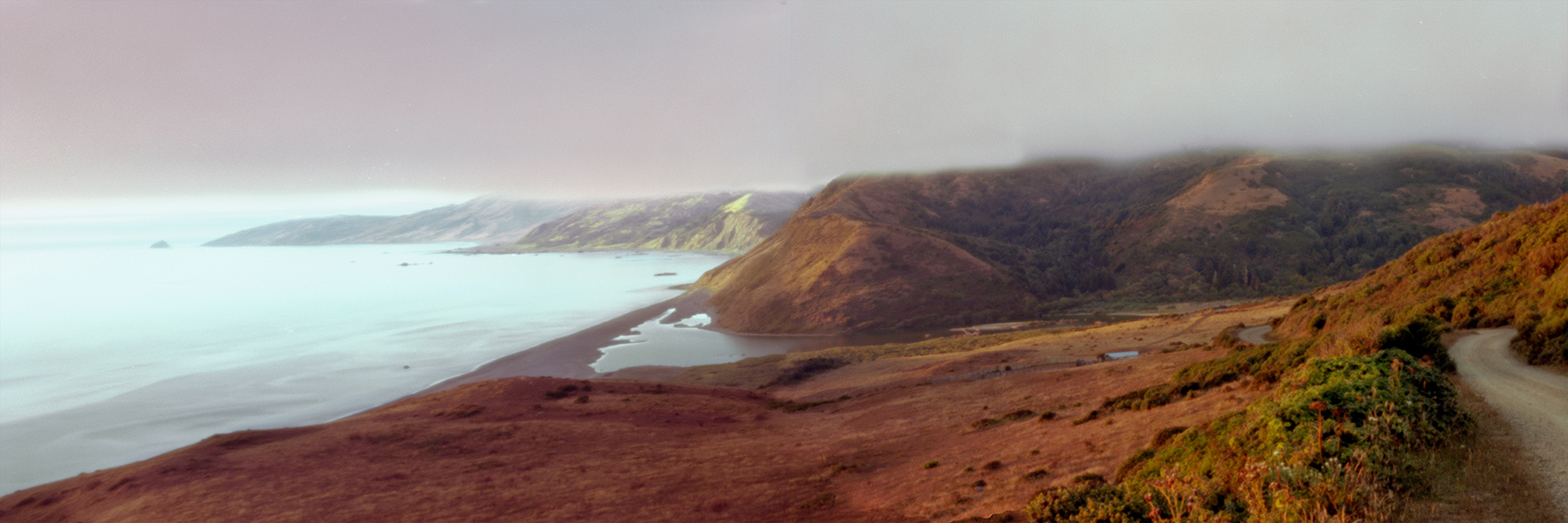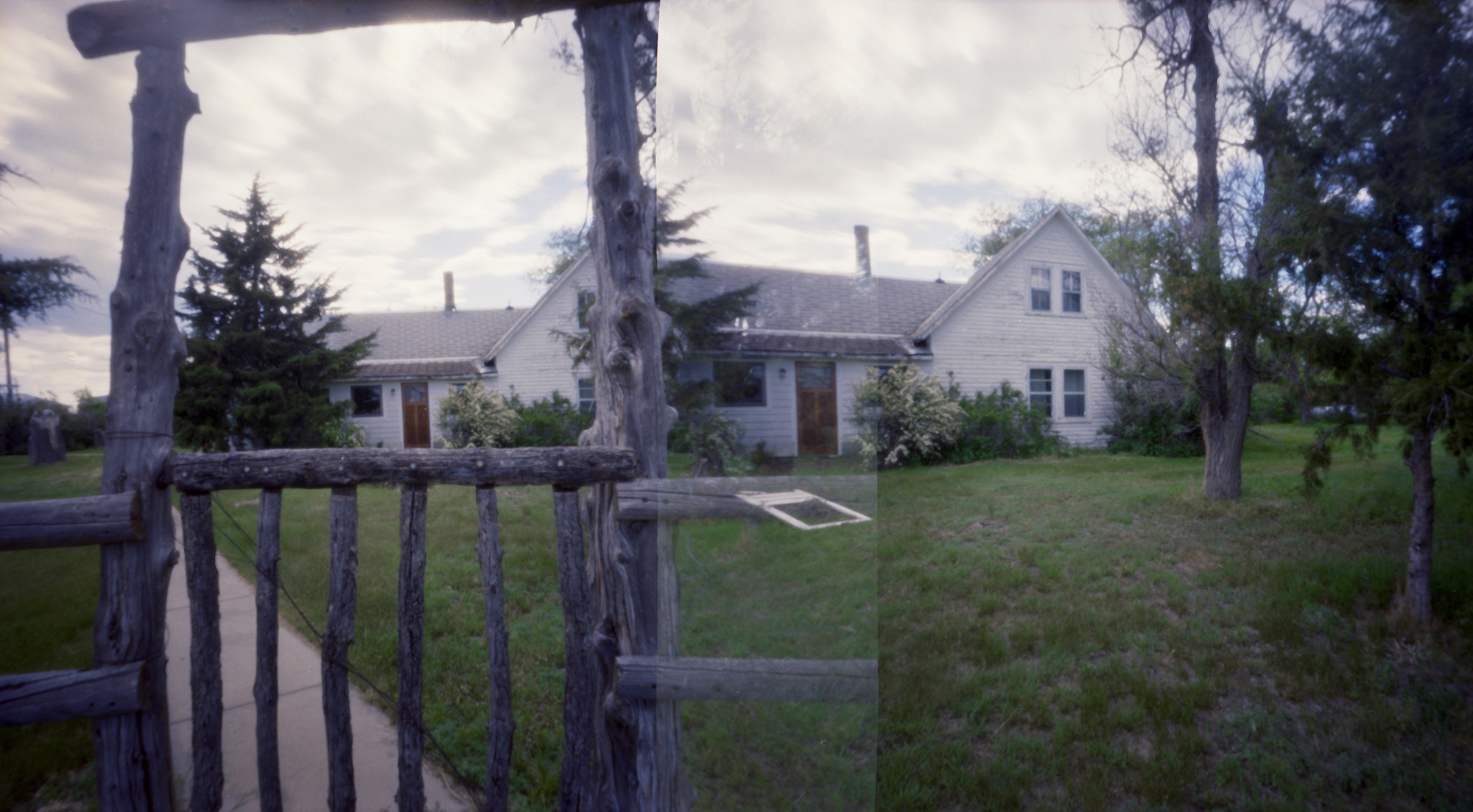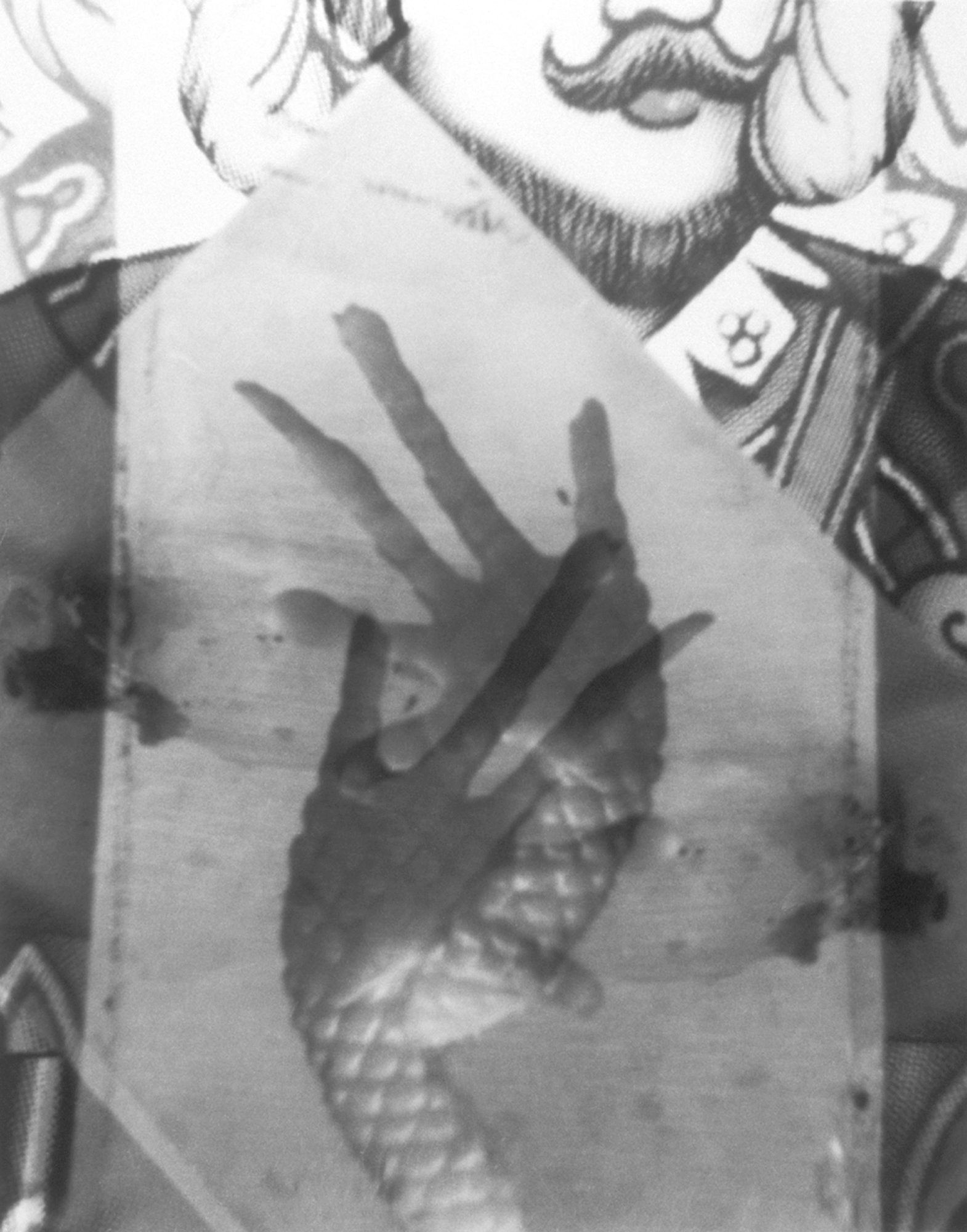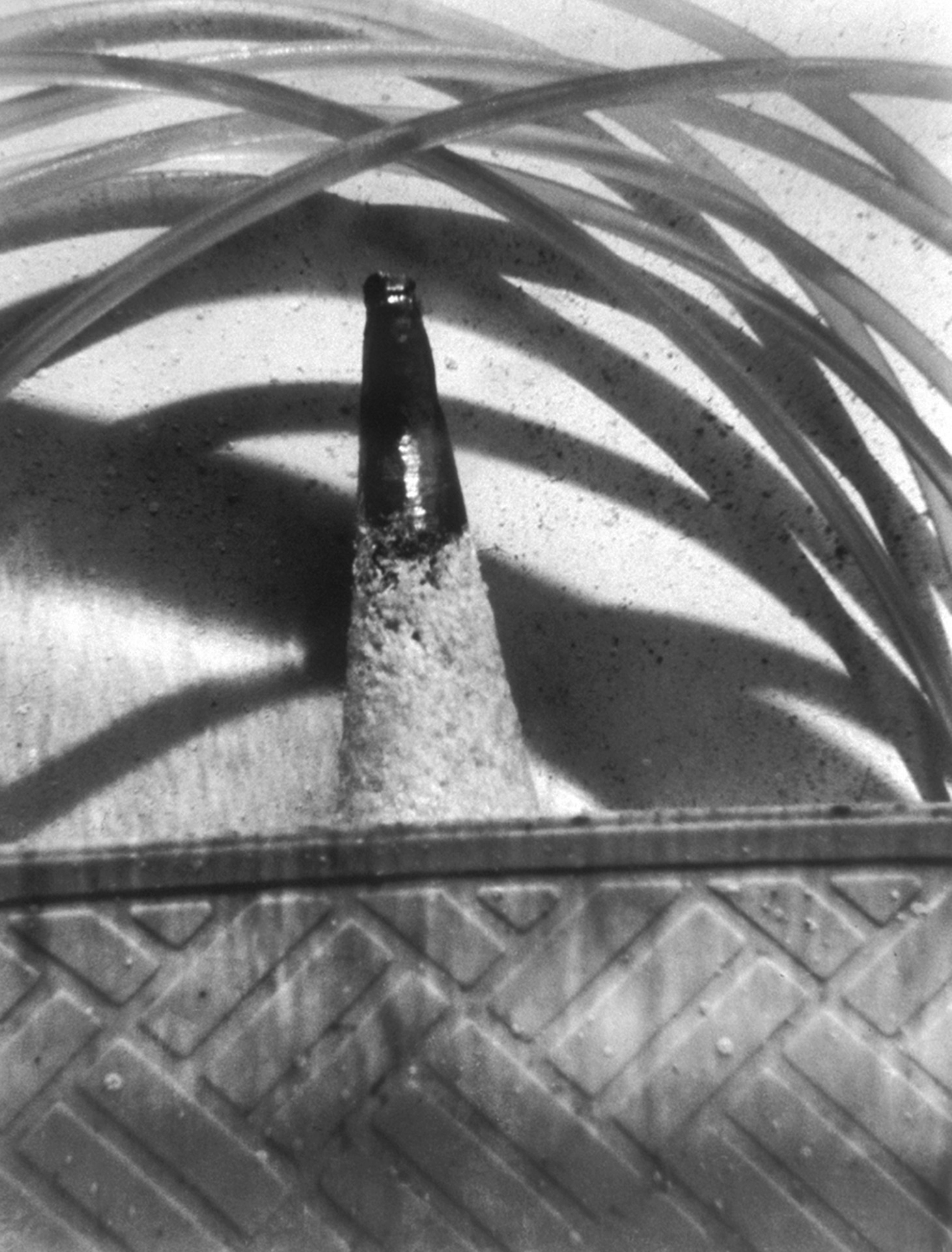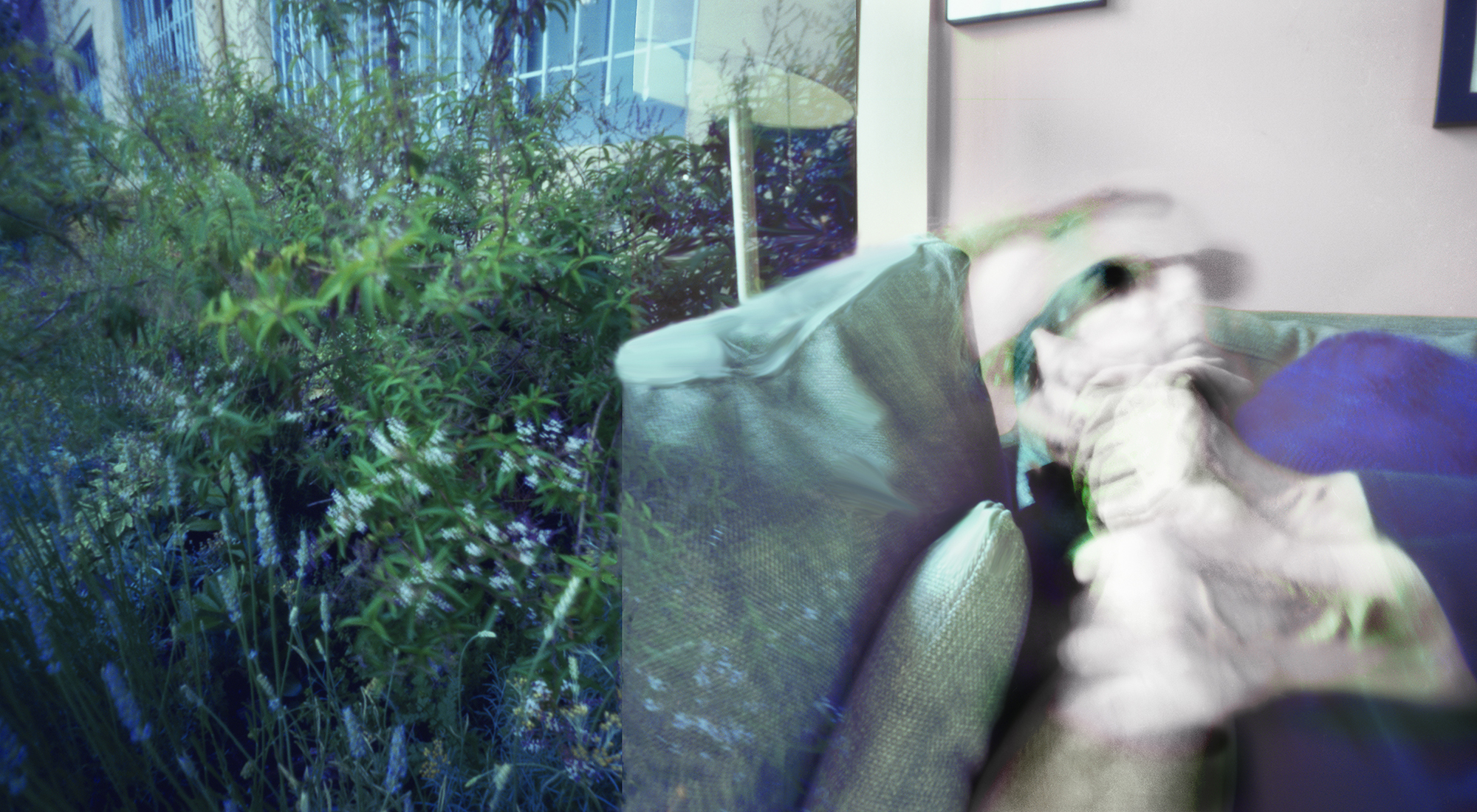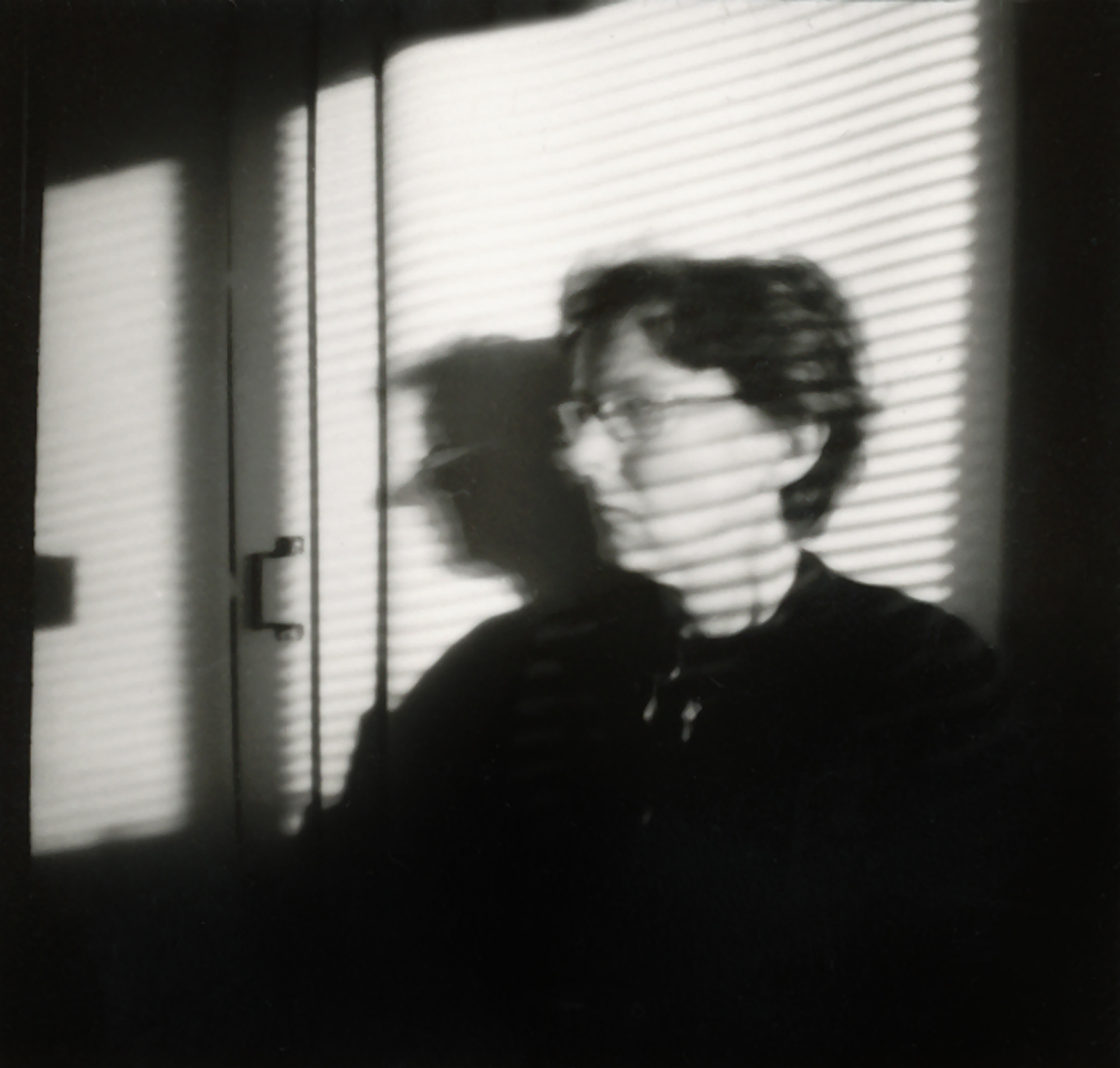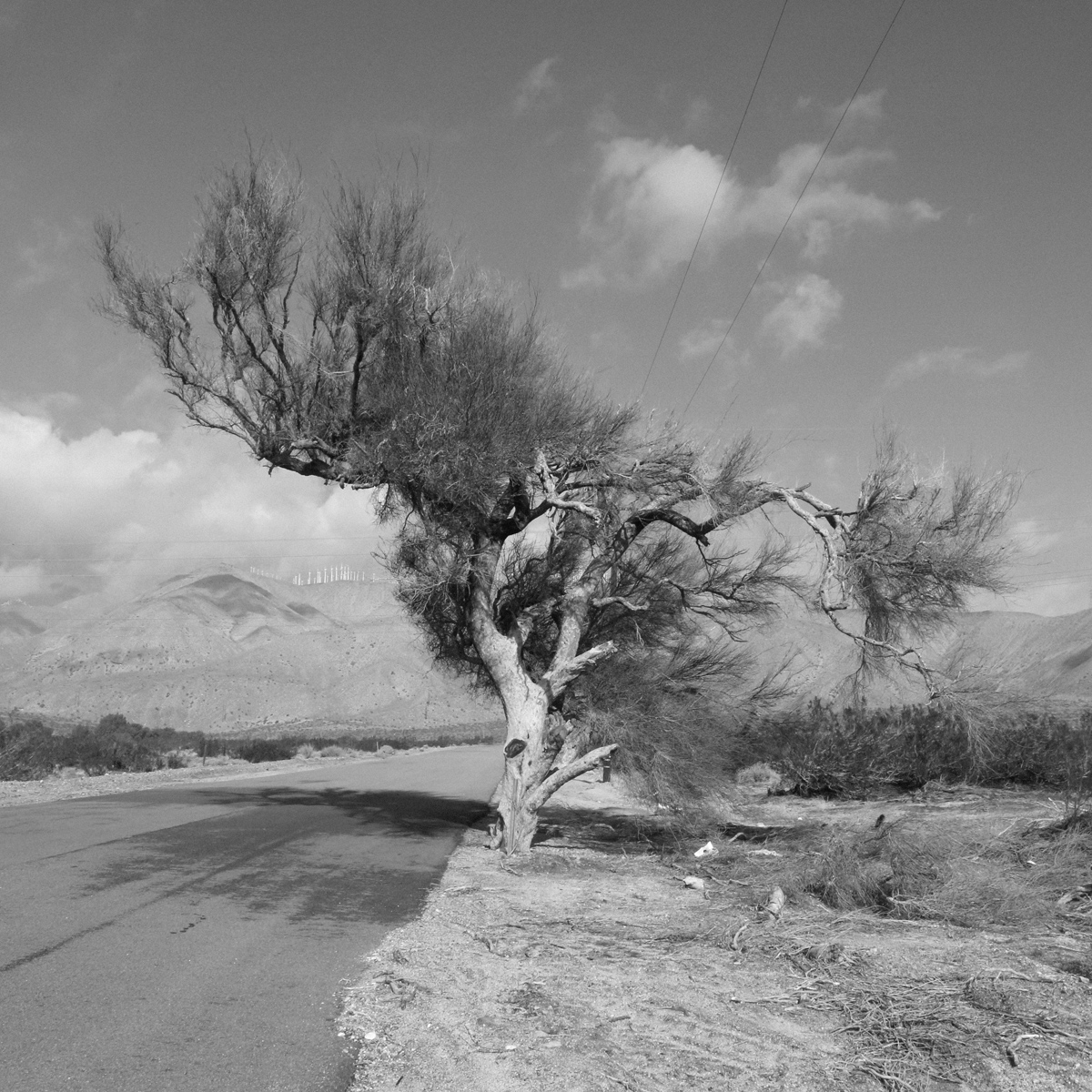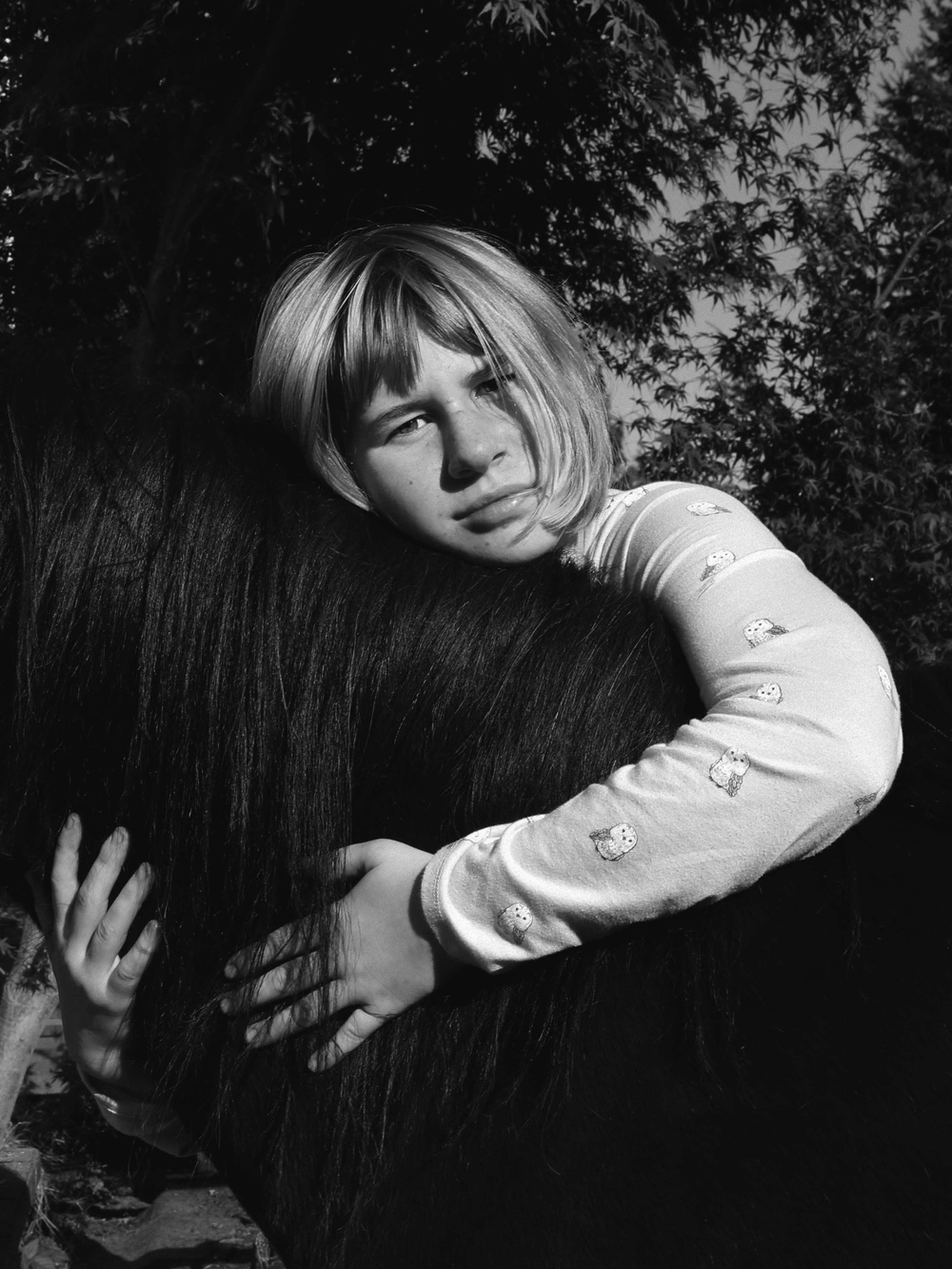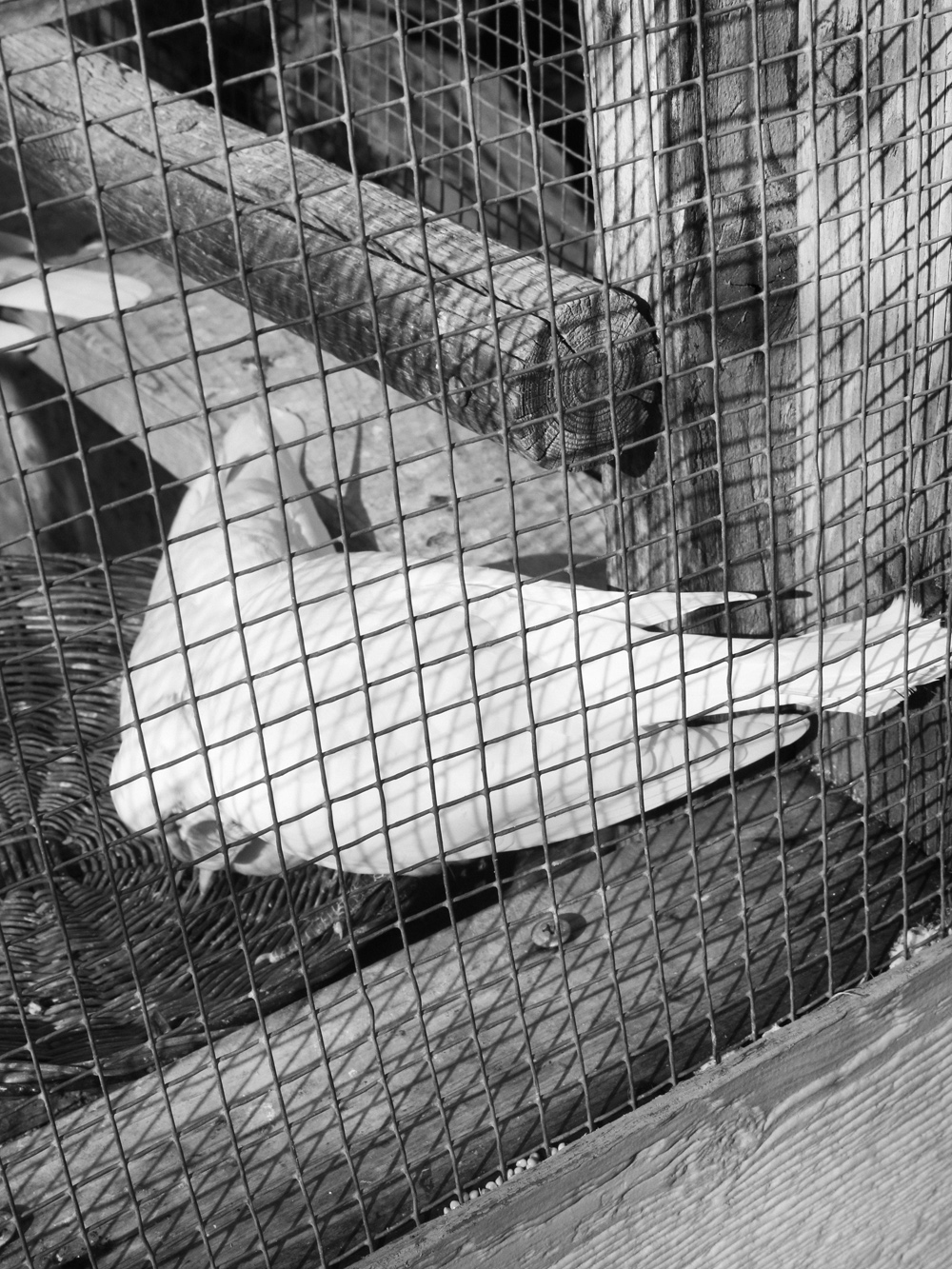Photographers on Photographers: Antonia Stoyanovich in Conversation with Janet Neuhauser
Janet Neuhauser came into my “life in photography” fairly early. Like a number of us that end up tied to the field of photography, I took a number of photo courses in high school. To be accurate, I think I took every single course Janet Neuhauser offered at Bainbridge High School and then I found more ways to spend time in her classroom. Yes, I was the kid splitting time eating lunch between the digital lab and darkroom talking “photo”. Needless to say Janet and I have been friends a number of years. I selected Janet Neuhauser to interview because her work and story is one that tells the grit and persistence of a photographer and educator. Many artists seek to “push” the medium. Janet Neuhauser has been an educator for over 25 years and created her own sub genre of pinhole photography, completely adapting the alternative process to her own creative pursuits with beautifully haunting images as the outcome. I have been inspired by her patience and love for the camera, and dedication as an educator. Part of a legacy of young photographers inspired to love the medium by this vivacious woman’s passion and dedication to the form of photography.
Janet Neuhauser is a photographer and educator, currently based in Seattle, Washington. Janet knew she was hooked on photography when she took her first class in photography in 1978 making silver prints, shooting film and learning all things photographic. Over thirty-five years later she is a photo-omnivore, devouring all types of photographs, in love with process, cameras, making images.
After receiving an MFA in Photography from Pratt Institute in 1985, she worked as an editorial photographer. Given a chance to teach a class at ICP, Janet discovered teaching. Since 1995, she has taught photography from the International Center of Photography in NYC to the University of Puget Sound and the Photographic Center NW in Seattle. Having taught digital and film photography for 24 years, she retired this past year.
Janet continues to work in her studio in the SoDo neighborhood of Seattle. The Pinhole Project is one of her long term projects that began in 2013 and continues with almost 4000 images. Janet considers herself primarily a pinhole photographer working with a 4 x 5 pinhole camera on color negative film and the Zero 120 roll film pinhole camera. Follow her on Instagram @neuhauserat1c
I lived in Civita di Bagnoregio for 32 days from mid-November into December of 2019. I received a fellowship from the Civita Institute to photograph the old Etruscan hilltop town with my pinhole cameras. I took my 120 film pinhole camera (the “Zero”), my 4 x 5 inch pinhole camera (the “Leonardo”), 35 long-exposure (30 days) metal tins–homemade pinhole cameras from various containers, round tins, an old Saltine tin, altoid tins, and several tins that were from different origins, all of which I exposed onto paper. With the two bigger cameras, I shot color negative film. I worked everyday shooting the 120 film camera with medium format negatives. That camera is versatile. I set it to shoot a rectangle and advanced as if I had shot a square. Overlap occurred and in some instances, two or more negatives were butted against each other. I also double exposed several negatives. In other words most of these images are made from two or more negatives side by side on the film. Negatives that were together on the film were scanned and printed digitally. Not every image was on purpose. Some are plain old happy accidents that I am, well, happy about. All of the negatives are fabrications, exposing different places together that I thought would look interesting. I was lucky to be in Civita before the pandemic hit and lucky to leave right before it became widely known. Civita and Italy have withstood centuries of plague, earthquakes, and war. The strength of Civita is in the buildings, the cobblestones, the people. I hope that that strength comes through. – Janet Neuhauser
Antonia Stoyan: Welcome. Thank you for agreeing to be interviewed.
Janet Neuhauser: Thank you for asking me, it’s such an honor to be asked.
AS: You have been working with photography and in lots of different forms, making your own work, studying photography, teaching another generation of photographers. So I want to start at the beginning and ask you how you got into photography and what was your first experience with the medium?
JN: I was always interested in photography, but I didn’t know you could make a living off of it. I’ve made enough money to survive and that’s all that really counts. My first photograph is from 10th grade, I wanted to make a dark room in my high school, but they said “no” they weren’t going to let me even though they had an old dark room that was just crumbling. My grandmother Neuhauser was a very big influence on me. She was a serious amateur photographer and took tons of pictures of her family and her ranch-she lived on a ranch in Western South Dakota.
AS: Wow! I had no idea, that’s so cool. I love the image of a ranch amateur photographer grandmother!
JN: Yeah, I just went there and it was so great and I got one of my grandmother’s coats which she had hand made. She died in 1984 but she was amazing and she was like in 92 and getting up there. I did a book on blurb it’s for my father’s 90th birthday and a lot of the photographs in there, you know her kid pictures.
Anyways I would go back there as a child and spend two weeks going and everyone would go camping down on the beautiful valley that went down to the Cheyenne River. I would stay with her and she would give me ice cream and she would talk to me about photography because she knew that I was interested in it. I really admired her and so she would walk a mile to mail her camera back in and they would send it back to reload it and she would have film in it. I have her old box camera that she used. My father also was very interested in photography too. He was so happy (that I liked photography) because I tried like a million things in college. I got a degree from Evergreen, then I got a second BA degree from the University of Washington in Classical Studies where I took a class in photography in Seattle- then I said “I’m doing photography”
AS: That sounds like quite the path.
JN: Yes, I was talking to a professor at the U and he said “…you can’t quit this, you’ve already been accepted to graduate school in Athens” and I said I’m quitting. This was like 1978 or 79 and I moved to New York and went to graduate school and that’s when I became a photographer and it was great.
AS: I think sometimes that’s great, I don’t know, that’s sort of how photography felt for me as well. You know in high school I did a lot of classical music, studying cello, but once photography came into the picture it was “…this is it, this is truly me, I’m a photographer and this is the direction I have to go…”.
JN: Yeah, well you were from a musical family….many people were surprised that you didn’t choose music.
AS: There was some pressure to go into music, but ultimately my parents recognized my passion for photography and supported me. I’m so glad I chose photography.
JN: oh, good for you.
AS: It’s interesting that photography for both of us kind of came into the picture after there were plans for other things. And yet it still won us over. I think many people aren’t exposed as early to the possibilities of a life in art or photography compared to other pursuits.
JN: Yes, I was going to do a ton of different things- be a lawyer and studied French and was going to be a French translator and I was going to do all these different things. None of them would last like two months and then, I’m not interested in that anymore. And finally I found photography and I’ve had an interest in that my whole life.
AS: As a photographer, is there any sort of school of photography or photographers that you align your practice with or approach to photography?
JN: I was really lucky to have a very good mentor in graduate school, Judy Seigel, and she was really into alternative processes and she did this journal- “The post factory journal of alternative processes” is what I think it was called. It was really amazing. It was Jesse, my daughter’s, first job at 13. Judy had her check all the internet links to make sure they were all right. Judy was a big influence on me and now she’s passed away. I just recently went to New York for a month and photographed her archive because they had an archivist come in, but the photographs were terrible.
AS: Oh no…
JN: She had done 667 big original prints that were 16 by 20 so they were too big to scan so we photographed them. I hired an assistant and we really had a great time. So there is that and she turned me onto Bea Nettles and I was really influenced by Philip Perkis and Arthur Freed who were two men that I studied with in graduate school. Phil was and still is a street photographer and Arthur was a guy who studied with Minor White and he turned me on to Minor White and Edward Weston and all these guys that had done black and white photography really was beautiful work. I ended up working with both of them, which was really great.
AS: Wow what an experience working with so many big photographers mentors.
JN: Oh well, I feel lucky to be a teacher because I just followed my heart with photography. I was lucky because I didn’t have anyone to tell me what to do- after graduate school I could pretty much do anything I wanted. I graduated in 1985 and I would just investigate things, but I felt like the digital thing wasn’t for me because I’m not a technical person. I kept doing film with 8 by 10 and 4 by 5 and then switched to pin hole which is pretty much what I do now. I taught for 24 years and I didn’t really know what I would do next. But I did more and more pinhole photography and now I pretty much do only pinhole photography.
AS: It’s pretty inspiring, pinhole photography, it’s one of the things that gets me excited about your work. It’s not just “pinhole photography” you’ve really carved out a way of doing pinhole photography as “Janet Neuahuser”.
JN: Oh, thank you, that’s nice to hear you say. The recent work I did, I went to Civita in Italy where I got a fellowship for a month in that old Etruscan town with the pinhole camera. I went to photograph long exposures like the pinholeproject.org and I also photographed with my 120 pinhole camera on film because 4 by 5 film has gotten outrageously expensive and I can’t afford it. The 120 film is still expensive by doable, so I shot 35 rolls in Civita and my goal was to shoot them as if I had a rectangle inside the camera. Then I advanced it as if I had a square, so I got all kinds of adjacent negatives that are really good dyptichs. So that’s the bulk of my works from Civita, diptychs, triptychs, quadruptychs.
AS: I love to see the new experimentation. You’ve been keeping up with the pinholes for a while now…
JN: yeah it’s been almost 25 years.
AS: So this question is perfect for you: how do you maintain a long-term creative practice and a project like that?
JN: Well you know, I have to say that retirement is wonderful, I’ve been retired for 3 years from teaching high school and though I miss the teenagers because they are very creative and inspiring to me, I have so much time now. I get up in the morning and go to work in the studio. I live and work in the same place and I get to do, you know, my practice and it’s great. I have two things going which are the long exposure pinhole and then I have my own pinholes which are film based shorter exposure 3 minutes or less. There are so many things that I want to try- I want to go into the dark room. I’ve just received from Judy’s daughter paper that she left- so I want to pinhole with that and apply the emulsion, we’ll see.
AS: So, just responding to the creative urges, and just keeping going and finding new ways…
JN: Yeah, you know people say they retire and they just sit around? For me the days fly by and I’m never bored. I can just keep on, it’s not an extravagant lifestyle but it is okay.
AS: You do what you need to for the art.
JN: You do. It’s a love/hate relationship. Sometimes, when I’m not very happy with my work or getting any recognition, it’s hard, but then something changes and I think “l love photography”.
AS: I get that. Sometimes it’s just easier to make work in a bubble. I think about photography as a partner, it requires consistent effort without expecting big rewards in return. But then, sometimes the medium gives back in the absolute best ways and I’m so happy. I want to ask you, thinking about the young photographers and the next generation – what is your advice for them?
JN: They don’t know what’s coming, I was the thesis adviser for Photo Northwest and I had a student ask me what he should do to become a photographer and I said “don’t”!
AS: Don’t?!
JN: Don’t become a photographer, there’s no money, only hard work, it’s tiring. Just don’t do it. If you want money- I’m only repeating what was told to me by a teacher of mine – Louis Balls was his name. He said Fine Art photography is a crazy profession. But I’ve had a good time. I actually shot for 10 years as a documentary photographer in New York City and one job led to another, I moved out here (Pacific Northwest) to pursue my own work, and that’s when I started teaching high school. I taught for 12 years in Kitsap and 12 on Bainbridge Island.
AS: In twenty four years there are many photographers that have come up through your classes. Even though you say “don’t do it” enough of us have ignored the advice and hey, we love it and will keep at it.
JN: I’m glad that you love it, because I love it and hope that I give that to my students. I hope that they understand that and learn so many life skills.
AS: Well thank you so much for agreeing to this interview and sharing your time and thoughts on photography. All the best to you.
JN: Thank you for having me!
Antonia Stoyanovich (b. 1994) holds a BFA from The Cooper Union and a MFA from Cranbrook Academy of Art, where she has been awarded the Larson Venture Award. She has exhibited her photographs throughout the United States and internationally. Her work has been featured in various publications, such as Vogue Italia, Lenscratch, New York Times, and The Village Voice. Antonia is also a fellow of the inaugural 20/20 Emerging Artist Fellowship with Playground Detroit. She works within an image based practice utilizing motifs and relationships to explore Americana mythology and individualism. Antonia was raised in the American West and currently resides in Topanga in Los Angeles. Follow her on Instagram: @stoyvich
Posts on Lenscratch may not be reproduced without the permission of the Lenscratch staff and the photographer.
Recommended
-
Luther Price: New Utopia and Light Fracture Presented by VSW PressApril 7th, 2024
-
Artists of Türkiye: Sirkhane DarkroomMarch 26th, 2024
-
European Week: Sayuri IchidaMarch 8th, 2024
-
European Week: Steffen DiemerMarch 6th, 2024
-
Rebecca Sexton Larson: The Reluctant CaregiverFebruary 26th, 2024

